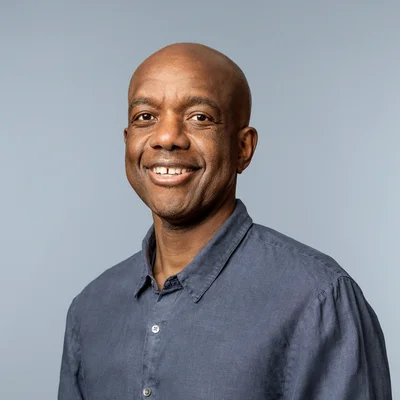Google has announced plans to establish four new subsea connectivity hubs spanning the continent’s north, south, east, and west regions.
The initiative, unveiled by James Manyika, Senior Vice President for Research, Labs, Technology, and Society at Google, marks a significant expansion of the company’s Africa Connect infrastructure scheme, aimed at boosting connectivity and fueling AI development across the continent.
The project seeks to create new digital corridors within Africa and enhance global linkages, building on Google’s existing Equiano subsea cable and the upcoming Umoja system, both set to connect the continent this year. The Umoja cable, announced in 2024 and slated for completion in 2027, will link Australia to Africa via South Africa, with a terrestrial route connecting South Africa to Kenya through Uganda, Rwanda, the Democratic Republic of Congo, Zambia, and Zimbabwe. While specific hub locations remain undisclosed, the investment underscores Google’s commitment to bridging Africa’s digital divide.
ALSO READ: ERICSSON POWERS VODAFONETHREE’S £1BN UK 5G ROLLOUT
“Today marks another milestone in our commitment to Africa’s digital future,” Manyika stated. “This investment creates new digital corridors within Africa and between Africa and the world, ultimately deepening international connectivity, resilience, and economic growth.”
Beyond infrastructure, Google is investing heavily in local talent. Over the past four years, the tech giant has allocated over $17 million to African universities and research institutions, providing funding, curriculum development, training, computing resources, and access to advanced AI models. An additional $9 million is earmarked for the coming year, reinforcing Google’s focus on empowering African-led innovation.
“AI presents an unprecedented opportunity to benefit everyone, and Google is committed to making that a reality for people, businesses, and communities across Africa,” Manyika added. “These announcements reflect our ongoing efforts to expand connectivity, increase product access, and build skills—and we won’t stop here.”




